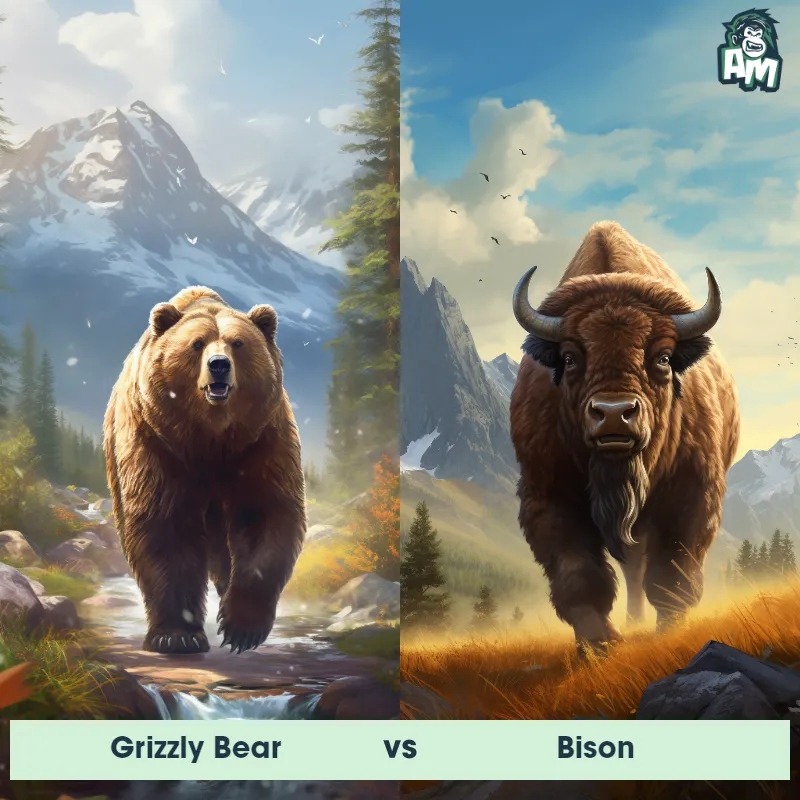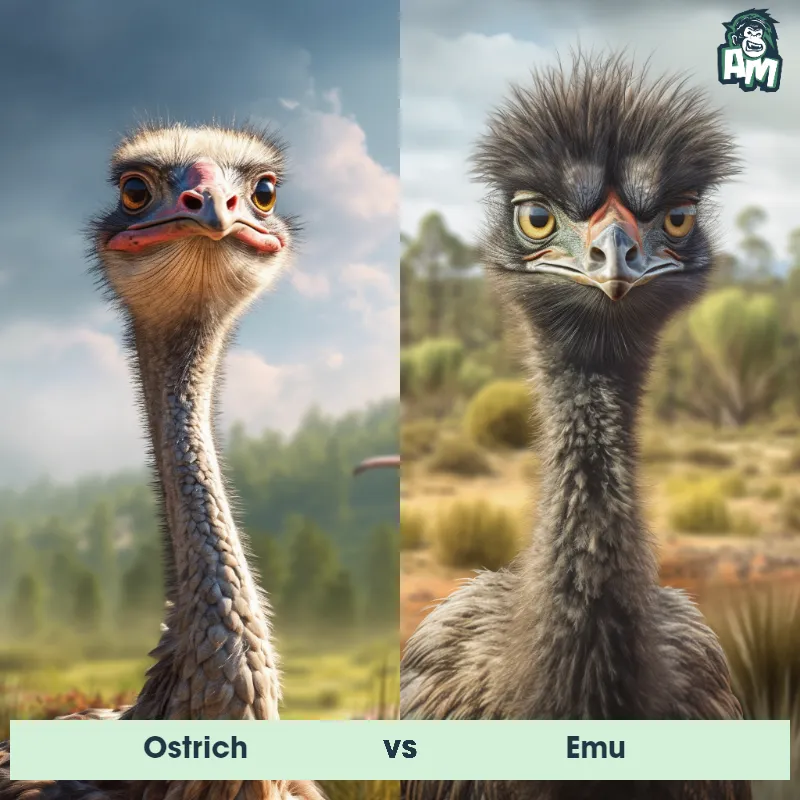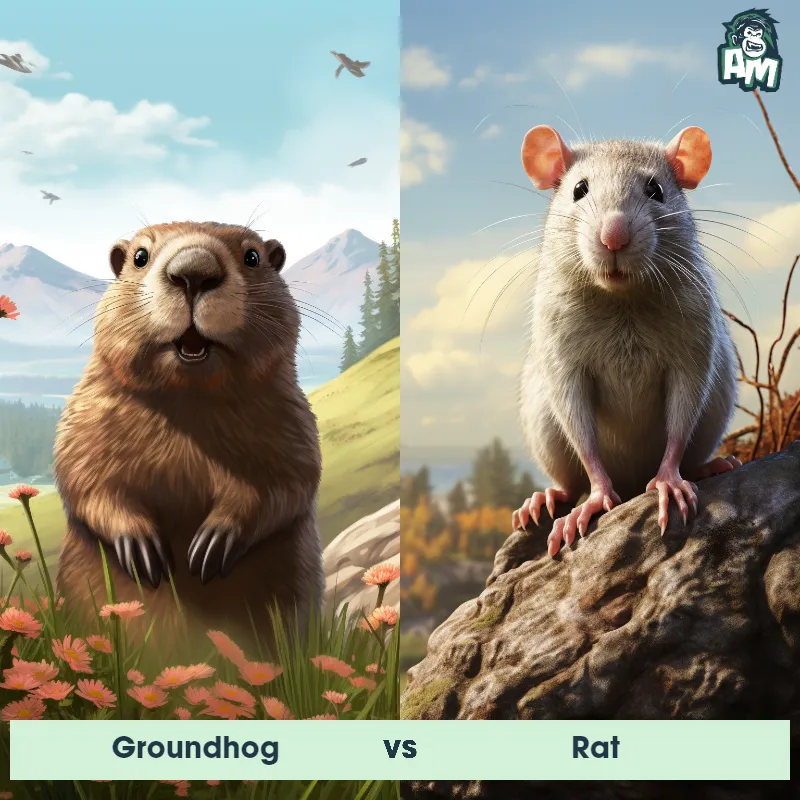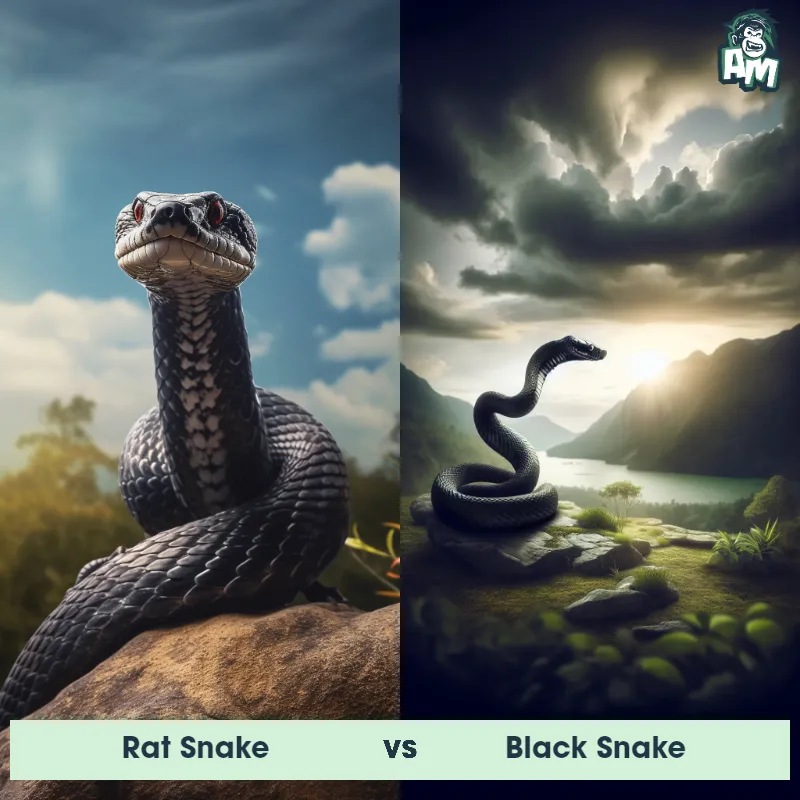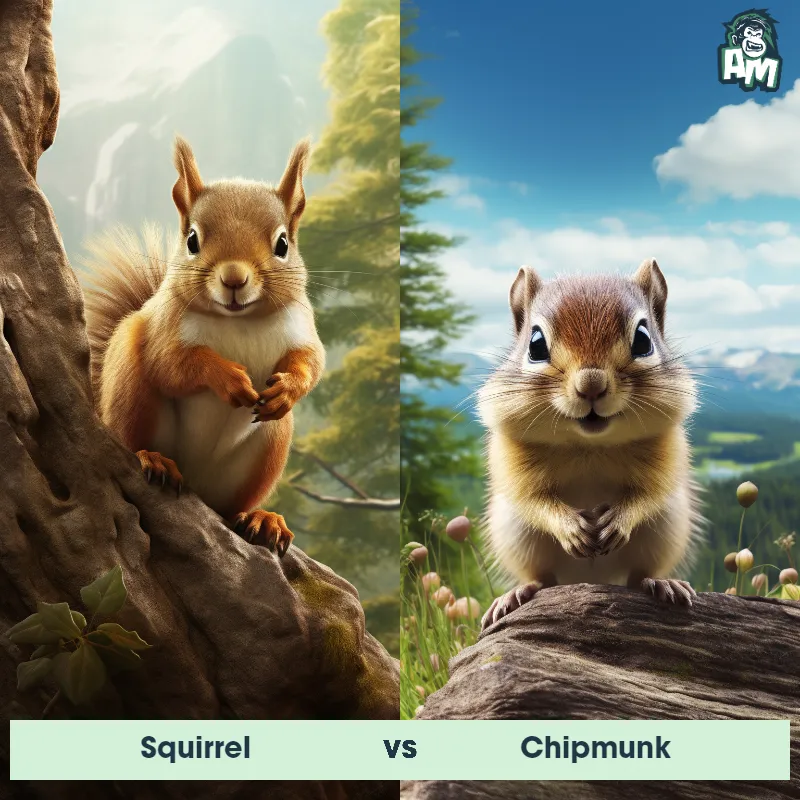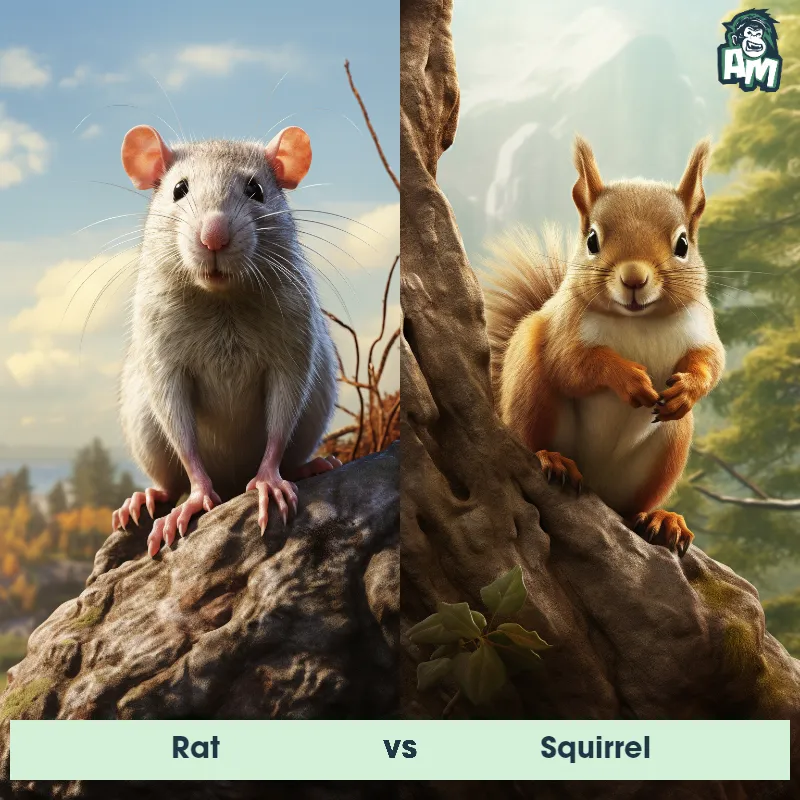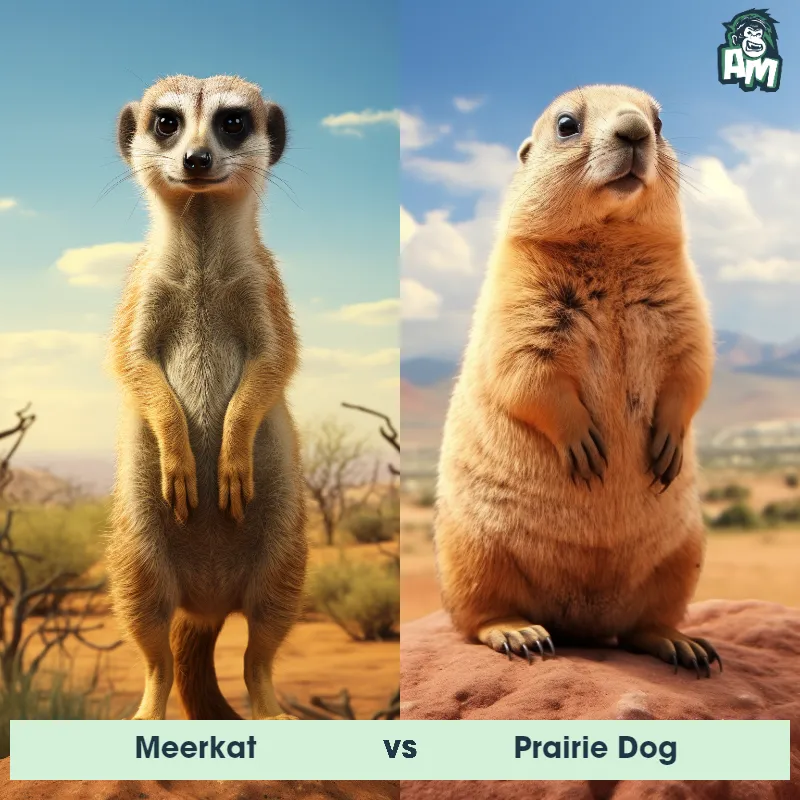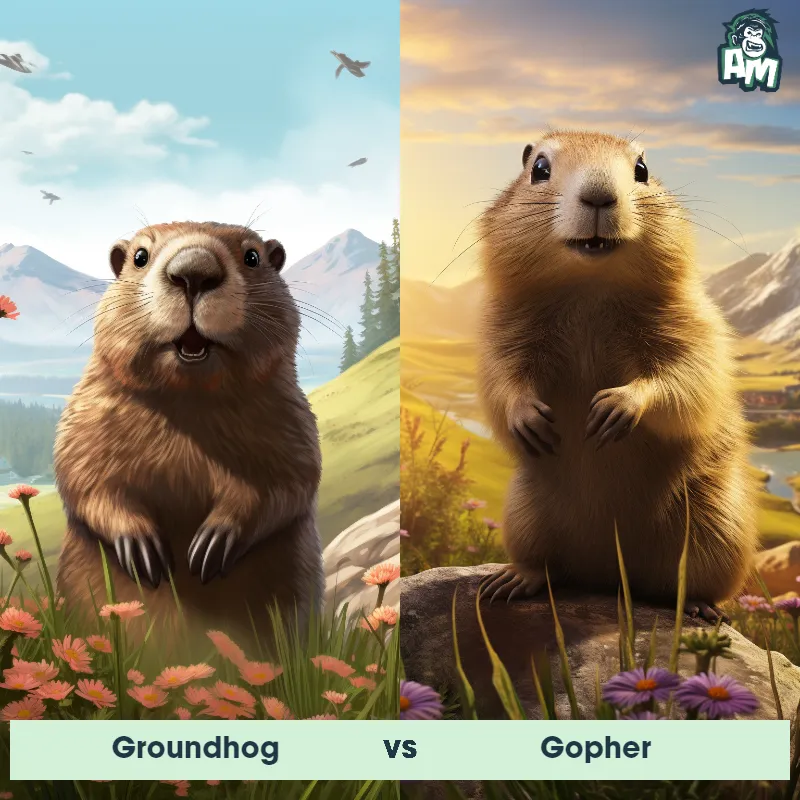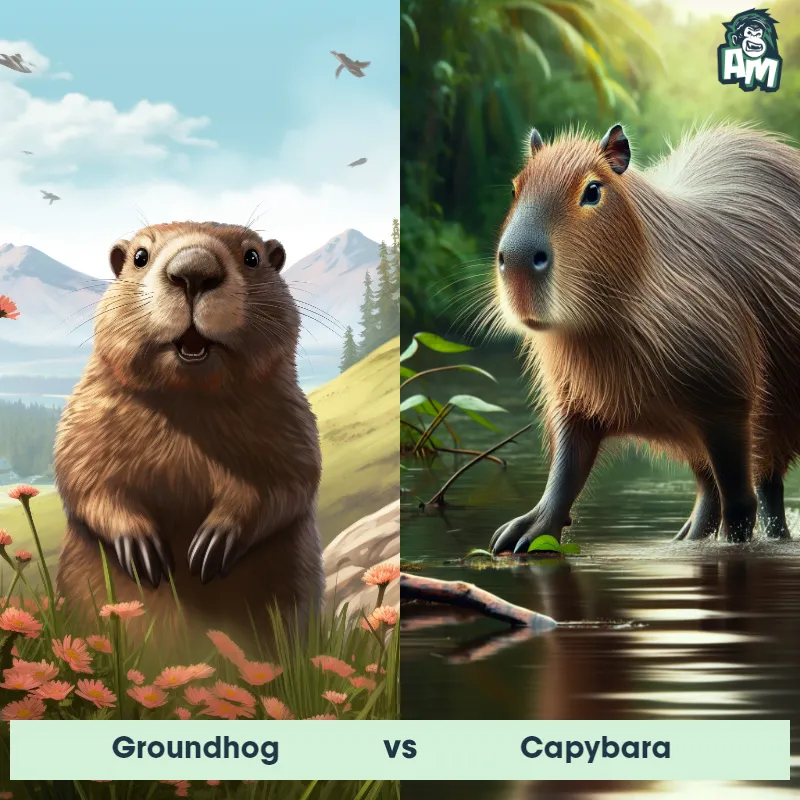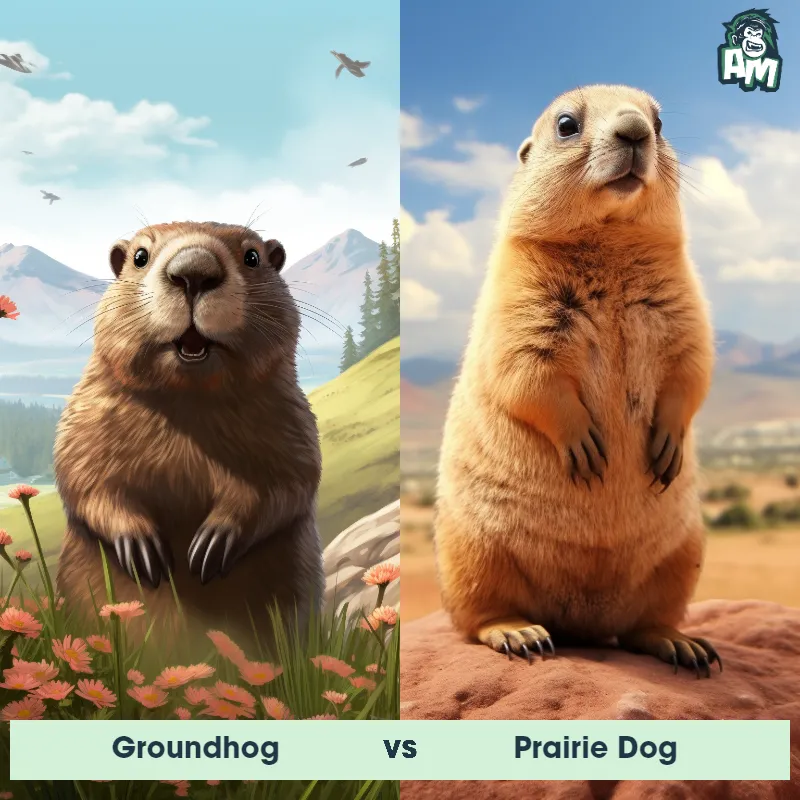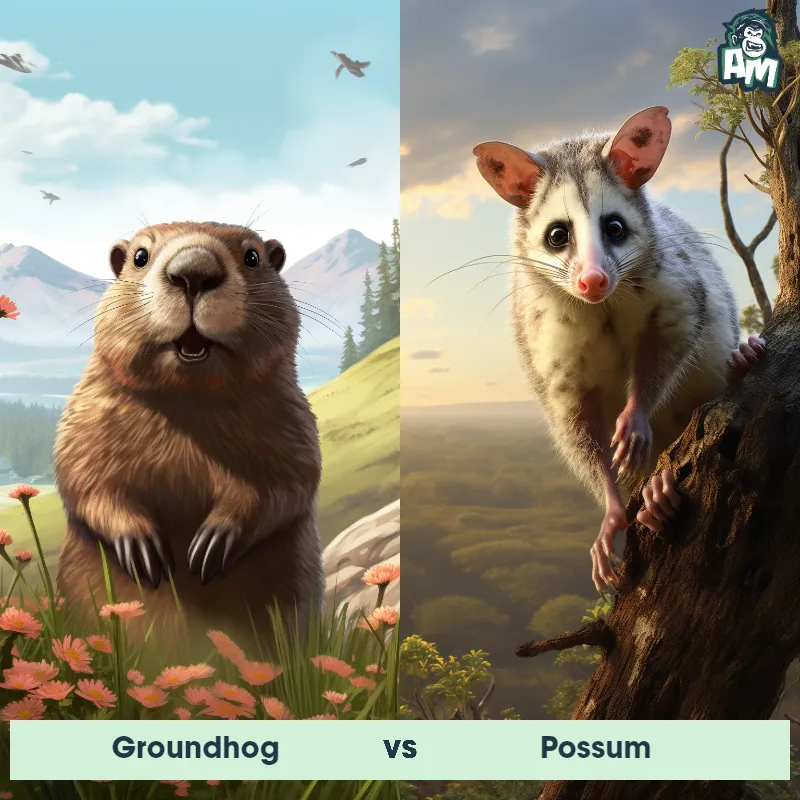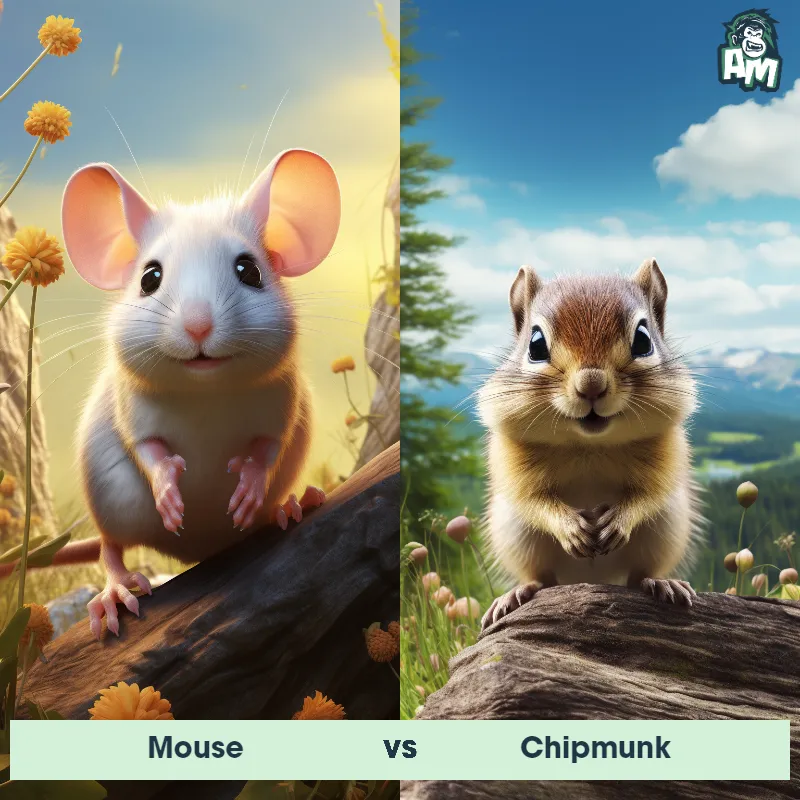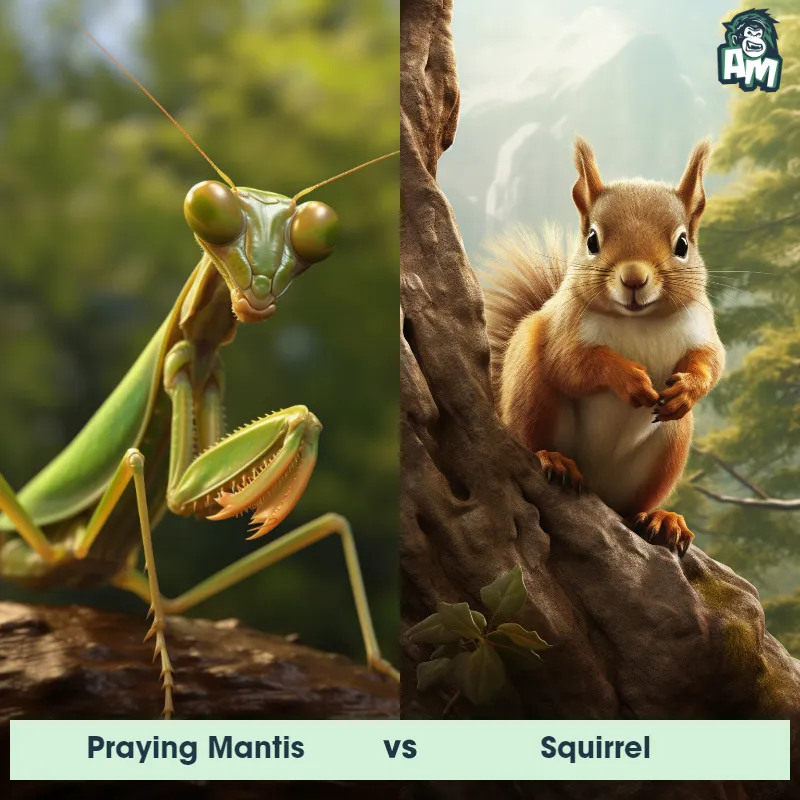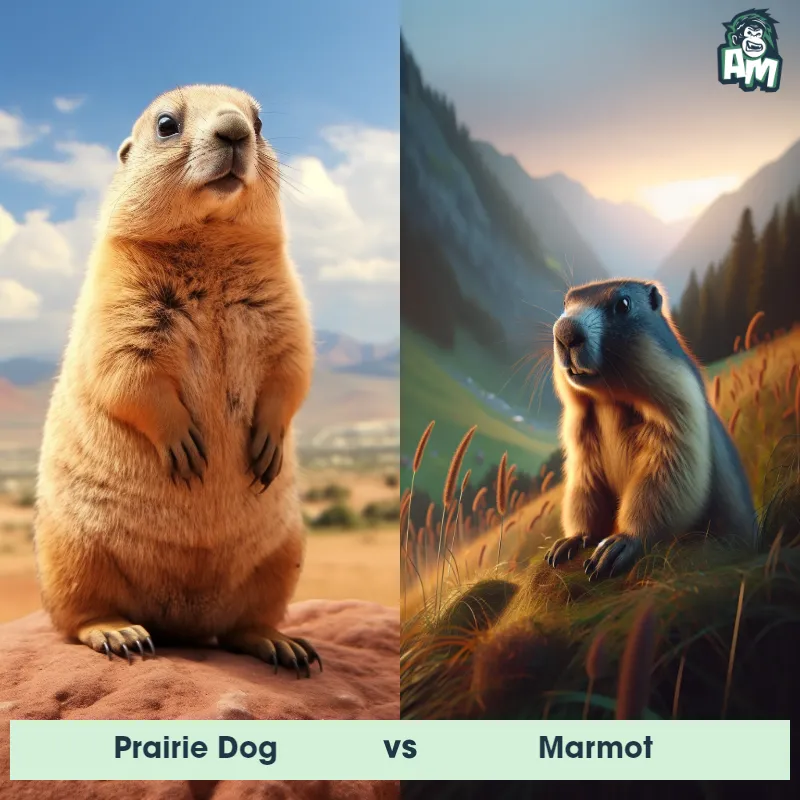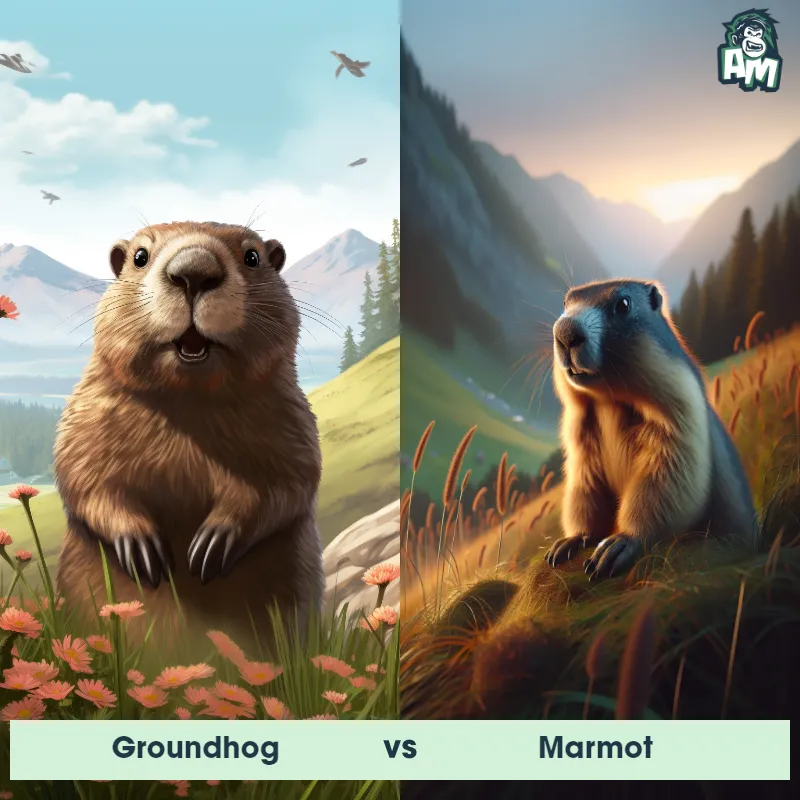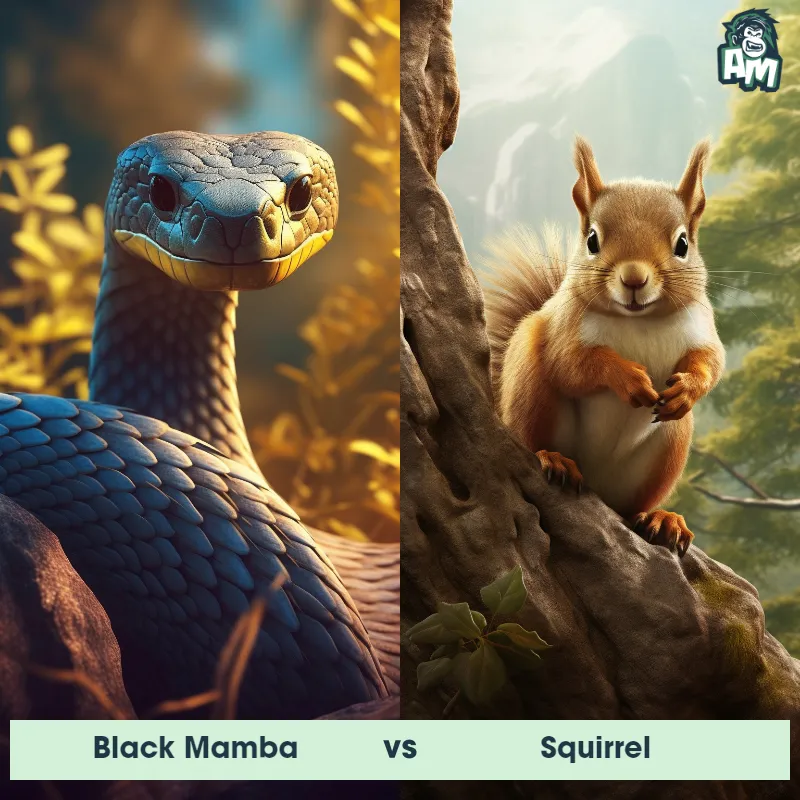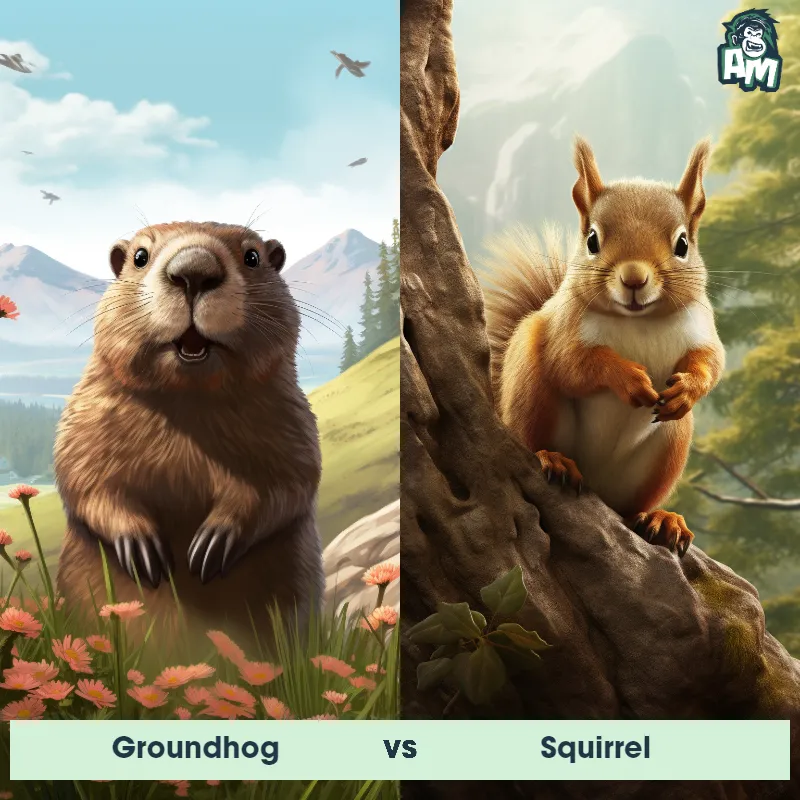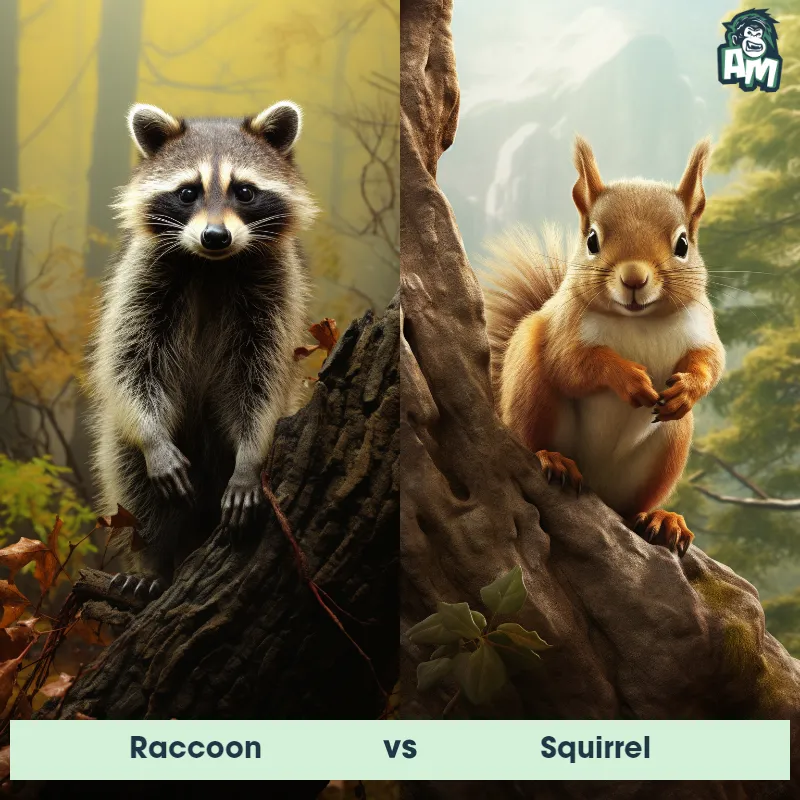Gopher vs Prairie DogSee Who Wins

Welcome ladies and gentlemen, to an intriguing encounter between two of the organized rodents, a relentlessly tenacious Gopher and a cunningly agile Prairie Dog. Both are well adapted for their burrowing lifestyle and have natural defenses that make this face-off a unique spectacle. Prepare for a match packed with agility, strategy, and an irrefutable display of survival tactics only nature can choreograph.
Contender 1: Gopher
The gopher is a small rodent that is primarily known for its burrowing habits. They have a robust, cylindrical body, small eyes, and even smaller ears. Their fur can range from light brown to nearly black. Gophers possess strong front legs with large claws, which they use efficiently for digging intricate tunnel systems. They are solitary animals, often inhabiting a range of environments, such as prairies, forests, and gardens, where they feed on plant roots, bulbs, and other vegetables.
Fun Fact: Despite their small size and seemingly insignificant presence, gophers play a crucial role in ecosystem health as their burrowing helps to aerate the soil, leading to improved nutrient circulation and soil fertility.
Contender 2: Prairie Dog
The prairie dog is a type of burrowing rodent native to the grasslands of North America. These small creatures have a stout body, a small head, and short legs, which are perfect for their lifestyle underground. They typically have a coat that ranges from brown to reddish in color. Prairie dogs are highly social animals, known to live in large colonies or 'towns' which can consist of hundreds or even thousands of individuals, and their intricate burrow systems can cover large areas.
Fun Fact: Prairie dogs have a complex communication system, using different sounds and calls to warn their colony about the approach of different types of predators.
Matchup Stats
| Gopher | Prairie Dog | |
|---|---|---|
| Size | 5-14 inches (12.7-35.56 cm) | 12-16 inches (30-40 cm) |
| Weight | 0.5-2.2 lbs (0.23-1 kg) | 1-3 lbs (0.45-1.36 kg) |
| Speed | 8mph (13km/h) | 35mph (56km/h) |
| Key Strength | Strong front legs with large claws for digging and defense | Ability to burrow quickly to escape danger |
| Biggest Weakness | Small size and poor eyesight | Small size and lack of strong defensive capabilities |
Current Votes
Gopher vs Prairie Dog
See Who Wins
View More Matches
Looking For More?
Similar Matches
Scientific Stats
| Gopher | Prairie Dog | |
|---|---|---|
| Scientific Name | Geomyidae | Cynomys |
| Family | Rodentia | Sciuridae |
| Habitat | Underground burrows | Grasslands |
| Geography | North and Central America | North America |
| Diet | Herbivore, primarily plant roots, bulbs, and other vegetables | Herbivore (Grasses, seeds, and occasionally insects) |
| Lifespan | 1 year - 3 years | 3 years - 5 years |
Key Differences between Gopher and Prairie Dog
- Fur coloration: Gophers typically have a brownish or grayish fur color, which helps them blend with their surroundings. Prairie Dogs, on the other hand, have a more varied fur coloration, ranging from light brown to reddish-brown, and they often have patches of white or black fur on their bodies.
- Size: Gophers are generally smaller than Prairie Dogs, with an average length of 6 to 8 inches, while Prairie Dogs can reach lengths of 12 to 16 inches.
- Ears: Prairie Dogs have relatively large ears that are positioned on the sides of their head, giving them excellent hearing abilities to detect predators. Gophers have smaller ears that are often partially covered by fur.
- Cheek pouches: Prairie Dogs have well-developed cheek pouches, which they use to carry food and nesting material. Gophers, on the other hand, lack these cheek pouches.
- Body shape: Gophers have a more streamlined body shape, with a cylindrical body and a short, bushy tail. Prairie Dogs have a stout and robust body with a longer, thinner tail.
- Habitat: While both gophers and prairie dogs are burrowing rodents, they inhabit different types of habitats. Gophers are commonly found in a variety of habitats, including forests, grasslands, and deserts. Prairie Dogs, as their name suggests, primarily inhabit grasslands and prairies.



